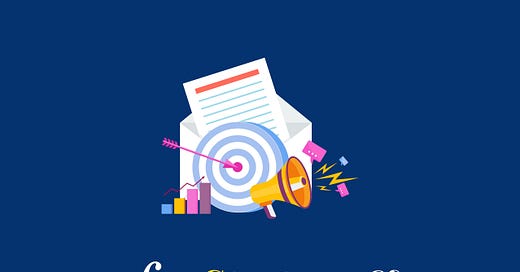Chapter 2: From the Dawn of Email to a 700,000+ Strong Network
That Brought Me Tangible and Intangible Benefits
You can listen to the audio of this chapter by clicking on the sound bar below.
Purchasing links for the book
In this short chapter, I will provide a quick historical perspective based on my experience. Older people will most likely understand where I am coming from, but younger people need some background so that my points in this book make sense to most readers. I am glad I took email seriously and did not believe those who said it was a useless tool in those days.
I sent my first email in the early 1980s while studying Informatics in Europe. At the time, email felt like a quiet revolution, gradually reshaping communication from behind bulky university computers. Yet, the history of email stretches further back than most realize.
Email did not emerge from a single breakthrough. It evolved through decades of innovation. In 1965, researchers at MIT created MAILBOX, one of the earliest systems allowing users to leave messages for one another on the same computer. A major leap came in 1971 when Ray Tomlinson introduced electronic mail, using the @ symbol to connect addresses. This simple yet critical choice forever changed how digital communication unfolded.
By 1973, the first email standard was proposed at DARPA, creating the groundwork for email to expand beyond research labs. In 1976, Queen Elizabeth II became the first head of state to send an email, marking its shift from a specialized tool to something with broader significance.
As email gained popularity, it needed structure and reliability. In 1983, the introduction of Simple Mail Transfer Protocol (SMTP) made email a scalable, practical communication tool. This was the point when email transitioned from an experiment to a necessity. Then in 1988, Steve Dorner developed Eudora, a graphical interface that made email more accessible, setting the stage for widespread use beyond academic and research circles.
When I moved to Australia in the mid-1980s, email had already established itself as the backbone of academic and research communication. I became part of AARNET, Australia’s first research network, where email was our primary method of collaboration. During my master’s degree, I relied heavily on email for data collection, project coordination, and research discussions. It was fast, efficient, and unmatched by any other tool.
It was during this period that I realized email was more than just a way to send messages. It was a tool for building lasting, meaningful connections. My colleagues and I exchanged and expanded each other’s email lists, creating an organic network that grew well beyond our immediate teams.
By the 1990s, I had embraced email networking entirely. I began collecting emails from every professional interaction—conferences, consultancy projects, book launches, and academic collaborations. While many saw email as just another communication method, I saw it as an opportunity to grow an engaged, valuable network.
At the end of 2024, my email list had grown to over 700,000 contacts, and it is now growing faster as I have learned from my mistakes and follow best practices. But I never focus on the size of the list but on its quality.
Its size and quality have evolved alongside changes in technology, industries, and audience behavior. But as it expanded, I remained careful to maintain its quality, removing inactive subscribers, updating contacts, and acknowledging that some connections had either retired or passed away.
This number may seem significant to beginners, and I understand how it could appear as boasting. But that is not my intention. Many professionals manage far larger email lists—some exceeding 100 million contacts. For instance, a business partner of mine who specializes in email marketing manages a network of that scale. I am not that ambitious and focus on work-life balance in my golden years.
Email is more than a marketing tool. When integrated properly, it can be a dynamic ecosystem where ideas spread, businesses grow, and relationships deepen. It has been central to my professional journey for over four decades. In this book, I will show you how to use email not just as a tool for sending messages but as a powerful asset that drives engagement, authority, and lasting success.
You are about to gain insights that can change your marketing and customer retention strategy. Whether you are just starting out or enhancing an existing system, this guide will help you make decisions that are data-driven, scalable, and meaningful.




